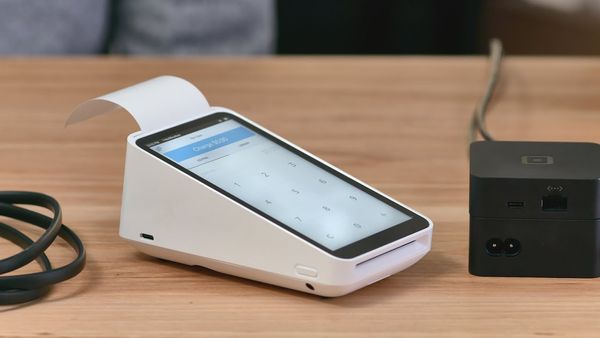If you are a small business, you might be accepting cash or cheques or UPI payments up until now. But, as you are growing, a POS or Point-of-sales Machine becomes the most essential tool you can have in your business.
In layman terms, a POS machine a hub where your sales, inventory, and customer management come together. A unified, secure system replaces all your manual juggling of excel sheets and accounting books. It comes with an EPOS software which allows you to take virtual payments. With the rising number of people using credit cards for their purchases, not having a POS system might result in some significant losses.
If you’re a growing business, chances are that you already have a POS Machine installed or are looking to incorporate one. So, here’s a step-b-step guide on how to use a POS Machine so that you can begin using this tool in its full strength.
But first, let’s understand what consists of a POS Machine.
A POS machine or a terminal is a combination of software and hardware. The central system can be any digital device which has an EPOS software installed. It can be a computer, a laptop or a tablet. The EPOS software is connected to a cloud-based server through the internet. So, you need a stable internet connection too.
Some of the other hardware you will require are:
- Card machine
- Cash drawer
- Receipt printer
- Barcode scanner
- Credit card terminal
- Barcode scanner
- Receipt printer
- Cash drawer
Now that we have the requirements in place, here is the step-by-step guide to using this system.
Software setup
The first thing you need to do is to set up your software.
- Make your EPOS login with your credentials. Configure your account by entering your business’s details, such as the name, location, number of outlets, etc. Most POS software have easy interfaces with interactive guides to help you through the process.
- Once your account is set up, it is time to upload your products or services. Most POS software will allow you to upload a .CSV file for ease. If you don’t have a .CSV file, you can manually enter all your products. Some of the information you need to fill are:
Product name, SKU, Product Variant, Product Description, Product Category, Cost Price, Selling Price, Supplier Name, Quantity, etc.
- You can now set up multiple user accounts or profiles for your store with multiple EPOS logins. You can add admins, managers, cashiers, or others who will be operating the POS system. You can set up user permission levels according to their roles.
Hardware Setup
Your hardware setup will depend upon the hardware you require for your business. Consult your POS provider to find out the exact steps to install your hardware. The general steps include
- Switching on/off your hardware
- Connecting it with your internet
- Pairing it with your POS software
Payment Setup
You might need to configure your software so that it recognizes the payment types. Consult your payment provider to set it up efficiently.
Your POS is Ready for Use
Once your payment hardware is connected to your software, it will be ready to receive payments. When a customer wants to buy a product, follow the below steps:
- Make your EPOS login.Scan the barcode of the product or select it from your screen
- Scan the card in the card reader to initiate payment
- Ask the customer to approve the purchase with their PIN
- Print a receipt and hand it over to the customer.
When you are more adept at the POS Machine, you can manage your employees, add loyalty programmes, add marketing automation software and do so much more.


